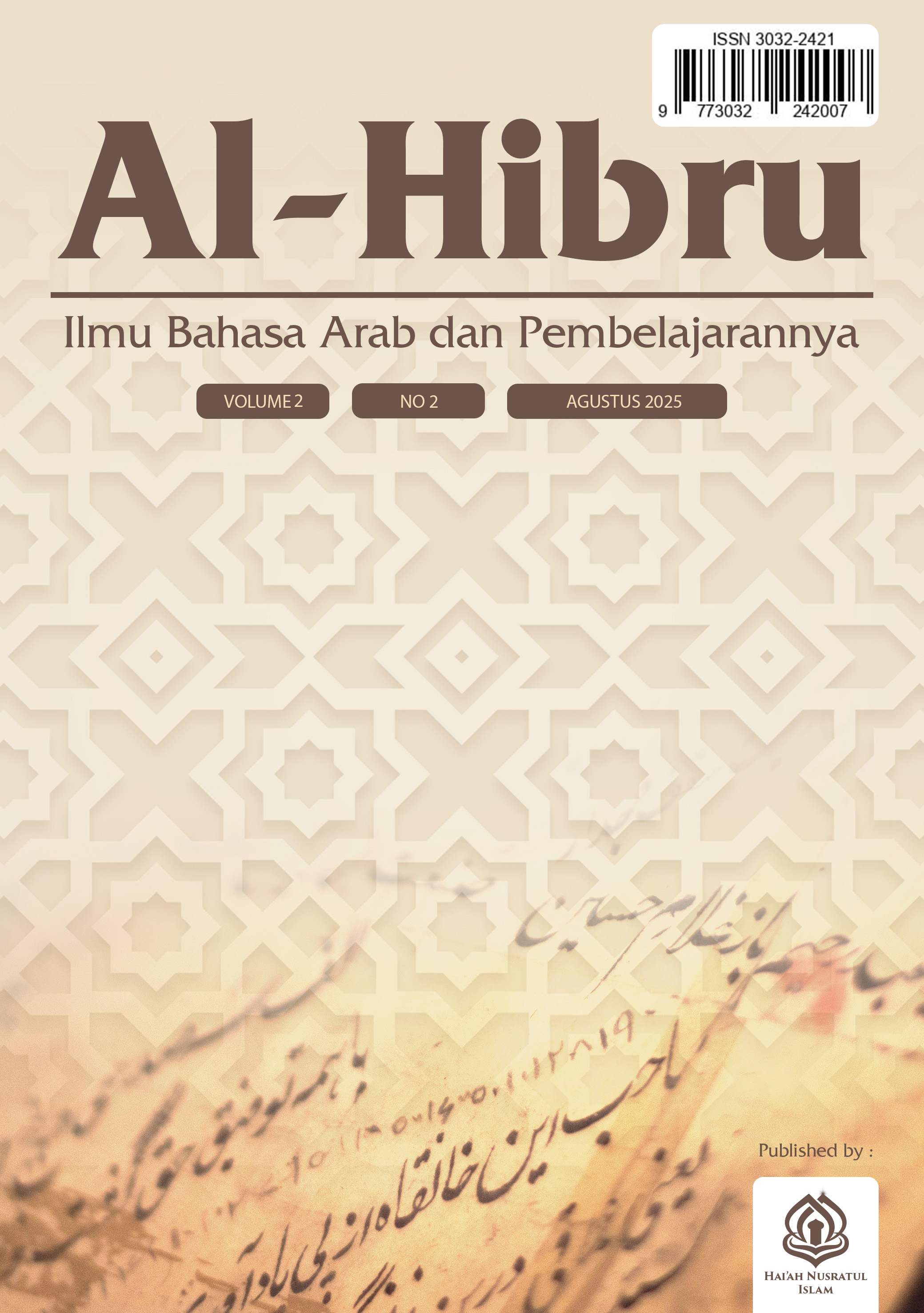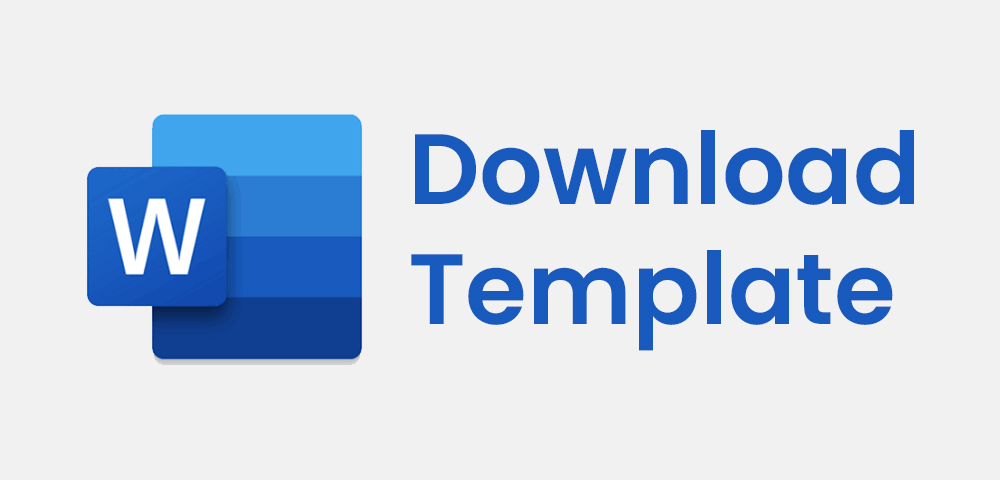THE USE OF ARABIC LANGUAGE IN DELIVERING DA’WAH THROUGH SOCIAL MEDIA
DOI:
https://doi.org/10.59548/hbr.v2i2.450Keywords:
Arabic Language, Da'wah, Social Media, Islamic CommunicationAbstract
This study aims to describe the use of the Arabic language in conveying Islamic da'wah through social media in the rapidly evolving digital era. Arabic, as the language of the Qur'an and Hadith, plays a central role in the structure of Islamic teachings and religious communication. Alongside the transformation of da'wah media from conventional platforms to digital ones, there arises a need to adapt Islamic messages to digital formats, including language use. Social media offers an expansive interactive space that can reach cross-generational audiences. In this context, Arabic serves not only as a symbol of religiosity but also as a strategic component in reinforcing the authority of da'wah messages. This research employs a qualitative descriptive method, utilizing literature studies and observations of Arabic-language digital da'wah content. The findings indicate that using Arabic on social media enhances the credibility and attractiveness of da'wah content when presented creatively, adaptively, and contextually. Moreover, Arabic language usage reflects a strong Islamic identity and creates emotional connections with religiously inclined audiences. The study recommends equipping digital preachers with training to master Arabic functionally and communicatively while ensuring a socially relevant and user-friendly digital approach.
References
Alhaq, M. F. (2025). Peran YouTube dalam Menyebarkan Bahasa Arab melalui Dakwah Islam. SIYAQIY : Jurnal Pendidikan Dan Bahasa Arab, 2(1), 20–31.
Burhanuddin, Ahmad Ridho, D. (2023). Kontribusi Bahasa Arab Di Media Massa dalam Penyebaran Dakwah Islam. Jurnal Ilmu Komunikasi Dan Sosial Politik, 01(02), 269–281.
Fadlan, M. (2023). Analisis Pemasaran Bisnis dalam Seni Kaligrafi. Jurnal Ekshis, 1(1), 56–64. https://doi.org/10.59548/je.v1i1.27
Fajrussalam, H., Farhatunnisa, G., Realistiya, R., & Rosyani, W. A. (2023). Penggunaan Media Sosial Sebagai Sarana Pengembangan Dakwah Islam. INNOVATIVE: Journal Of Social Science Research, 3(2), 2337–2347.
Ghazali, Z. (2017). Pemanfaatan Media Sosial Facebook Sebagai Media Dakwah Dalam Masyarakat Virtual. Jurnal Al-Muttaqin, IV(1), 85–90.
Hasani, S., Huda, R. F., Soleh, W., Zainul, A. M., & Jamil, H. (2025). Pelatihan Dai Muda Profesional pada Mahasiswa Pendidikan Bahasa Arab Fakultas Keguruan dan Ilmu Pendidikan Universitas Jambi. JURPIKAT (Jurnal Pengabdian Kepada Masyarakat), 6(2), 747–755.
Inderasari, E., Lestari, B., & Achsani, F. (2020). Penggunaan Bahasa Dakwah Ustaz Hanan Attaki di Media Sosial Instagram (The Usage of Language by Ustaz Hanan Attaki on Instagram Social Media). Jalabahasa, 15(1), 1–15. https://doi.org/10.36567/jalabahasa.v15i1.315
Makarima, M. M. (2019). Pemanfaatan aplikasi daring media sosial WhatsApp sebagai media pembelajaran bahasa arab berbasis ICT (Information and communication technologies). Jurnal Ekonomi Dan Dakwah Islam (Al-Tsiqoh), 5(02), 135–142.
Nasucha, M. R., Fikri, M., Rapsjani, A., Mareta, D., Puspitasari, A., & Malang, U. M. (2021). Urgensi Penerapan Prinsip Manajemen Modern pada Lembaga Pendidikan. Pandawa: Jurnal Pendidikan Dan Dakwah, 3(3), 303–317.
Nasution, Sahkholi. (2012). Metode konvensional dan inkonvensional dalam pembelajaran bahasa arab. Didaktika, XII(2), 259–271.
Nasution, Sahkholid, Asari, H., Al-Rasyid, H., Dalimunthe, R. A., & Rahman, A. (2024). Learning Arabic Language Sciences Based on Technology in Traditional Islamic Boarding Schools in Indonesia. Nazhruna: Jurnal Pendidikan Islam, 7(1), 77–102. https://doi.org/10.31538/nzh.v7i1.4222
Nurfitria, S., & Arzam, A. (2022). Urgensi Media Sosial Sebagai Sarana Dakwah Melalui Media. An-Nida’, 46(1), 88. https://doi.org/10.24014/an-nida.v46i1.19245
Priantiwi, T. N., & Abdurrahman, M. (2023). Analisis Konten Pembelajaran Bahasa Arab Pada Media Tiktok. Jurnal Ilmiah Profesi Pendidikan, 8(3), 1365–1371.
Ridwan, M. (2023). Membuka Wawasan Keislaman : Kebermaknaan Bahasa Arab Dalam Pemahaman Islam. Jazirah: Jurnal Peradaban Dan Kebudayaan, 4(2), 97–110.
Downloads
Published
How to Cite
Issue
Section
License
Copyright (c) 2025 Siti Rahimah Harahap, Sonya Rizla Kusuma, Shibghotullah Suaydi Azzain, Sahkholid Nasution

This work is licensed under a Creative Commons Attribution 4.0 International License.
- Share — copy and redistribute the material in any medium or format for any purpose, even commercially.
- Adapt — remix, transform, and build upon the material for any purpose, even commercially.
- The licensor cannot revoke these freedoms as long as you follow the license terms.
Under the following terms:
- Attribution — You must give appropriate credit , provide a link to the license, and indicate if changes were made . You may do so in any reasonable manner, but not in any way that suggests the licensor endorses you or your use.
- No additional restrictions — You may not apply legal terms or technological measures that legally restrict others from doing anything the license permits.
Notices:
You do not have to comply with the license for elements of the material in the public domain or where your use is permitted by an applicable exception or limitation .
No warranties are given. The license may not give you all of the permissions necessary for your intended use. For example, other rights such as publicity, privacy, or moral rights may limit how you use the material.













